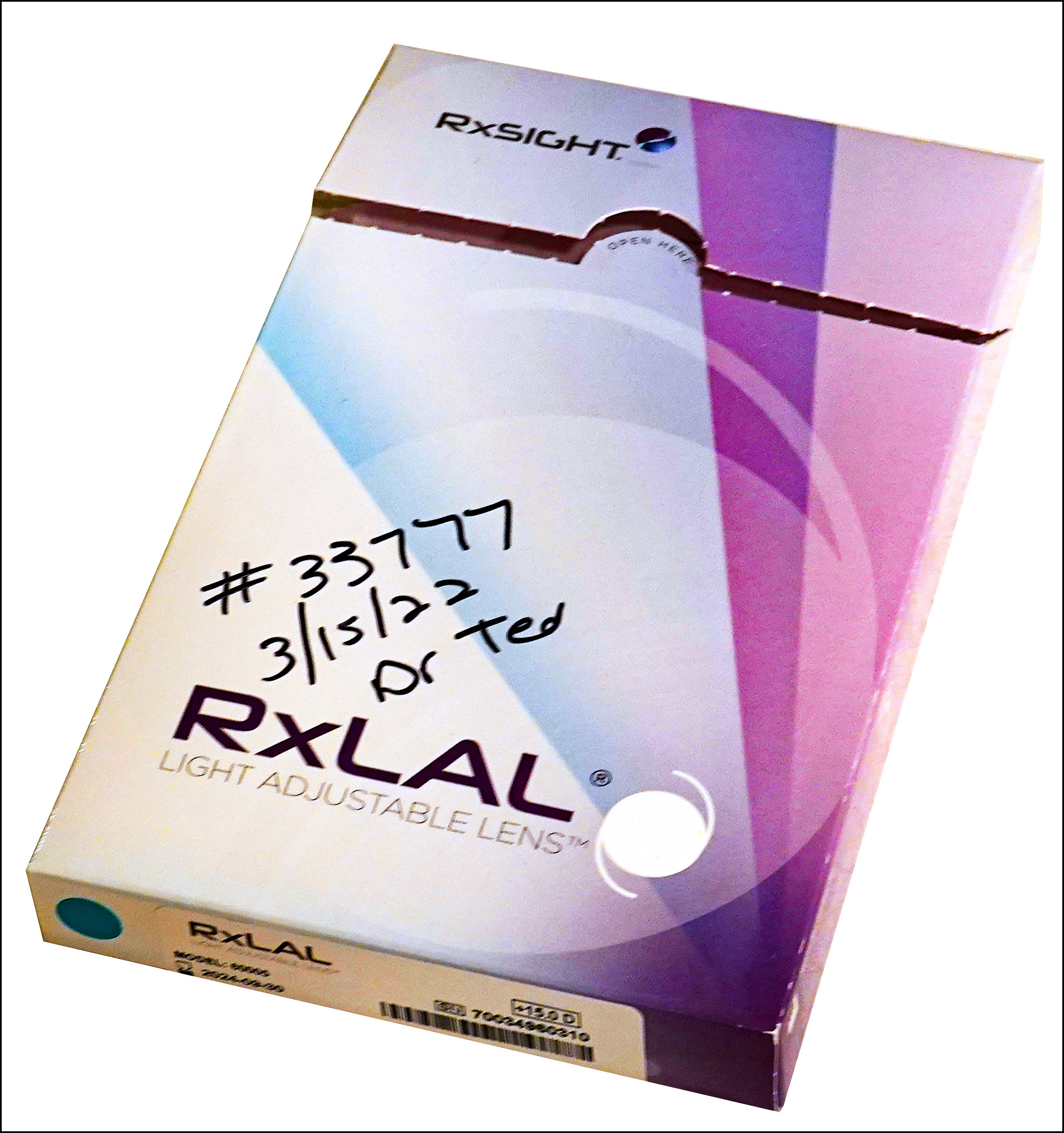Here is Hilbert as the setting sun shines through our front window, lighting up his eyes magnificently. Is he aware that Charlie is photobombing him? His alert expression suggests "maybe."
Month: March 2022
Raw data: Pedestrians and bicyclists involved in motor vehicle crashes
After yesterday's post about the types of vehicles that are most involved in crashing into pedestrians, a regular readers suggests it would be interesting to see the total level of pedestrian crashes as context. Here it is:
 Nothing much to see here. Overall crashes involving pedestrians have been rock steady over the past 15 years. But the story is different for fatalities:
Nothing much to see here. Overall crashes involving pedestrians have been rock steady over the past 15 years. But the story is different for fatalities:
 Fatal pedestrian crashes went down steadily from 1980-2010, but since then they've gone up 50%. Ditto for bicyclists, though it's hard to see in the chart.
Fatal pedestrian crashes went down steadily from 1980-2010, but since then they've gone up 50%. Ditto for bicyclists, though it's hard to see in the chart.
My Week
A few days ago I tried to buy something with my main credit card and was turned down. I paid with another credit card, and the next day the main card was fine, so I forgot the whole thing.
But then it happened again. And once again, the next day the card was fine. Then I bought something on Amazon, and it failed. I went to the "Change Payment Type" screen, chose the same card, and it went through. Then, a couple of days later, it failed again.
WTF? I went to the Chase site (another adventure in itself) and looked around. Nothing seemed to be amiss. What was going on?
Finally I noticed something. I had used the credit card to pay for my eye surgery, and that put us near our credit limit. Every time I tried to charge something that put me over, it failed. When I charged something that left me just under, it went through. In the case of the Amazon purchase, my remaining credit was about $14 and the item cost $16. I would have gone $2 over my credit limit. That's why it failed.
This is especially ironic since I'm endlessly being asked if I want a higher credit limit. Since I never come close to exceeding it, I never bother. But this time I did. And of course when my purchases failed I was never told why.
Anyway, that's been my week. Eye surgery, credit card mysteries, and I even picked up a nasty cold. Blah. At least I'm not in danger of my house being bombed into rubble by a deranged Russian dictator.
What kind of vehicles crash into pedestrians the most?
A couple of researchers at the Insurance Institute for Highway Safety have released a study of pedestrian crashes by type of vehicle. They've done this both nationally and for North Carolina. I don't know why North Carolina rates a separate study, and they didn't explain it, but let's take a look anyway:
 Big vehicles are more dangerous than cars on left turns but about the same on right turns. When pedestrians dart into an intersection, minivans are more dangerous than cars but not pickups or SUVs.
Big vehicles are more dangerous than cars on left turns but about the same on right turns. When pedestrians dart into an intersection, minivans are more dangerous than cars but not pickups or SUVs.
This is peculiar. On a left turn you have plenty of visibility regardless of what you're driving. Conversely, on a right turn pedestrians can be close up and easy to miss if you're driving a pickup with a big hood. Ditto for darting pedestrians, but yet again pickups do fine even if they do have big hoods.
Now look at the two categories on the right. Once again, darting pedestrians don't cause many problems even though it seems like they should. But all big vehicles, and pickups in particular, seem to mow down lots of pedestrians who are just walking along. That's not a visibility thing.
With all that in mind, let's take a look at the national figures, which are quite different
 The first thing you'll notice is that the numbers are way higher for left and right turns but about the same for everything else. Why?
The first thing you'll notice is that the numbers are way higher for left and right turns but about the same for everything else. Why?
I don't really understand any of this, and the paper doesn't address any of it. However, I have a guess that these results may be related less to the cars themselves than to the kind of people who buy them. Unfortunately, this theory fails since minivans, pickups, and SUVs attract very different kinds of buyers.
So I'm stumped.
The Texas mail ballot law probably isn’t a big deal
As I'm sure you all know by now, Texas is under fire for rejecting a large number of mail-in ballots in its primary election a few weeks ago:
According to an Associated Press analysis, the news isn’t great. For the March 1 primary, the state rejected almost 23,000 mail-in ballots, or close to 13 percent of all mail-in ballots returned — far higher than the 2 percent rate that would usually raise the concern of election experts, per the AP.
The votes were rejected thanks to a new Texas law that requires a form of identification on each ballot. You have to either write in your driver license number or the last four digits of your Social Security Number. A lot of people were confused by this and failed to follow the rules.
This was completely unnecessary. The ID requirement is allegedly in place to fight fraud, but fraud doesn't really exist.
On the other hand, it doesn't seem to be aimed at suppressing the Black vote either. It's true that the rejection rate was higher in blue counties than in red counties, but only by a bit. And there's no reason to think that Black voters are any less capable of writing in their Social Security Number than anyone else. What's more, Texas allows only those over age 65 to vote by mail, and that's Republican territory. Why suppress that vote?
And one more thing: Although the number of rejected ballots was higher than normal, it still amounted to only 0.6% of the total vote. That's not earth shattering.
Here's my take: Texas Republicans drank their own Kool-Aid and ended up passing a provision that probably hurts them as much or more than Democrats. The actual number of votes it affected was small. And since it was piloted during a primary election, it didn't have any big partisan effect.
As usual with these things, it produced a huge backlash that in turn produced a huge PR campaign about how to vote properly. In November, I'll bet the rate of rejected ballots will be very low.
In other words, this provision should never have been passed, but in the end it probably won't have much effect. That's how most of these voter ID laws seem to go.
UPDATE: I missed something here. It turns out the real problem is that you don't get a choice of which ID to use. You have to use the same one you used to register, which might have been decades ago. Lots of people just didn't remember and used the wrong one.
This means that the ID requirement is even more phenomenally stupid than I thought. At the same time, it's also easier to fix. If the issue isn't general confusion, but merely knowing which ID to use, that's not so hard to figure out. In fact, if Texas Republicans want to show a little good faith, all they have to do is agree to a mass mailing to all registered voters telling them which ID they need to use.
AND ONE MORE THING: At the risk of stating the obvious, the reason these Republican voter ID measures don't work very well is because Democrats fight back against them. So I'm not saying Texas Democrats should calm down about all this. They should fight like hell.
In the end, after the fighting is over, Republicans don't end up changing the electorate much with these bills. However, they do waste the Democrats' time for a couple of election cycles. That may be the real benefit for the GOP.
Lunchtime Photo
Lunchtime Photo
Health Update, High Tech Optics Edition
A few years ago a friend of mine got cataract surgery. He had worn glasses since childhood, but after the surgery he had perfect 20/20 vision and great reading vision. That sounded awesome, and naturally I wanted this surgery too even though I didn't have cataracts. I grumbled a bit about that and then forgot about it.
Until a couple of months ago, that is, when I checked into it and discovered that you could indeed get cataract surgery even if you didn't have cataracts. It's called Refractive Lens Exchange or Clear Lens Replacement and the big drawback is that you have to pay for it yourself since insurance won't cover it if you don't actually have cataracts.
 So that's what I've been doing for the past couple of days. On Monday they did my right eye and today they did my left eye. After a day my right eye already has about 20/30 vision and it will get better over the next few weeks.
So that's what I've been doing for the past couple of days. On Monday they did my right eye and today they did my left eye. After a day my right eye already has about 20/30 vision and it will get better over the next few weeks.
My reading vision, however, is totally shot. But this is where the latest and greatest high-tech lenses come in. I chose to buy RxLAL lenses from a company called RxSight here in Southern California. Their claim to fame is that unlike other lenses, you can adjust these after they've been implanted and the eye has healed completely. The first adjustment happens in 2-3 weeks, and that's when the lenses will be tweaked to provide sharp near vision. After a few more adjustments it's all done and the lenses are locked in place.
The only real downside to all this is that the adjustments are done using UV light. This means that for the next few weeks I have to wear UV glasses at all times so I don't wreck the implanted lenses. After they're locked in place, I don't need them anymore.
In the meantime, I have to wear the UV glasses everywhere I go and reading glasses whenever I want to read or use the computer. This is a pain in the ass, but it should be worth it. There are other multifocal lenses on the market, but the RxLAL lenses are a bit clearer and don't produce halos around bright light. That's the promise, anyway. A month from now I'll know for sure.

Lunchtime Photo
I'm not sure why I've held onto this picture. It was taken in the town square in Tecate, Mexico, and this pigeon looks so awkward on takeoff that it tickles me. Do all birds look like this at the moment they're trying to get their first bit of lift? I don't think so. Just pigeons, probably.

Housekeeping Note
Not much blogging today, I'm afraid. But for a good reason! I'll tell you all about it tomorrow or Thursday.



